 |
Overclocking
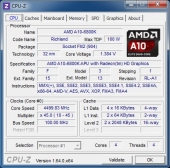 |
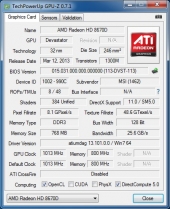 |
The “k” in 6800k means that the chip has an unlocked multiplier. For the everyday user this doesn’t really matter but for an enthusiast you wouldn’t have it any other way. I decided to see how far I could push this new flagship APU while staying within a reasonable voltage range. With only a minor voltage jump I was able to bring the 6800k from 4.1 GHz to 4.5 GHz which is a pretty impressive number. The chip could have been pushed further but significantly more voltage was required and I felt that it just wasn’t worth it.
So with the CPU overclock taken care of I moved on to the GPU. These adjustments can be made to any of the APUs, not just the unlocked ones. I was able to increase the core clock from 844 MHz to 1013 MHz with no extra voltage which is quite impressive. AMD claims that 1000 MHz is common on stock cooling, so just imagine how far it could be pushed with a powerful cooler and lots of voltage. I decided to stop at 1013 MHz to show how an average, every-day overclock affects performance.
3DMark 11
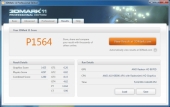 |
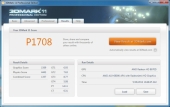 |
With the CPU at 4.5 GHz and the GPU over 1 GHz our 3DMark 11 score increased 144 points or 8.4% which isn’t bad for a mild overclock.
3DMark
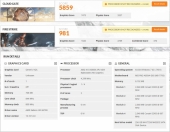 |
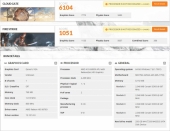 |
In the new 3DMark we saw a 70 point increase in Fire Strike and a 245 point increase in Cloud Gate, resulting in an average jump of about 5%.
Cinebench
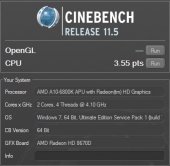 |
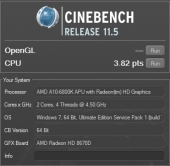 |
Cinebench relies solely on the CPU so our 8.9% CPU OC resulted in a 7% score increase.
DiRT 3
 |
 |
For DiRT 3 our overclock resulted only in a small 2 FPS jump in our average.
Far Cry 3
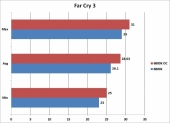 |
In Far Cry 3 we see another small FPS bump resulting in an overall increase of about 9%.
Temperature
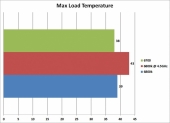 |
From the beginning the APUs have been pretty low power and therefore low heat. When you pair that with one of the best coolers on the market, the Corsair H100, what you get is absurdly low temperatures even under max stress. I pulled the temp readings after about 10 minutes of the Prime95 blend torture test.
The 6800k and 6700 were very close which makes sense seeing as their clocks and voltages are pretty close, with neither ever reaching even 40 degrees Celcius. But even with the 6800k overclocked to 4.5 GHz and extra voltage added, temps only jumped up a few degrees to 43. There is still plenty of overhead to pump some serious voltage into these chips if you have a powerful cooler.

[…] AMD Richland A10-6800K and A10-6700 APU Review @ TechwareLabs.com […]
[…] AMD Richland A10-6800K and A10-6700 APU Review @ TechwareLabs.com […]
[…] AMD Richland A10-6800K and A10-6700 APU Review @ TechwareLabs.com […]
[…] AMD Richland A10-6800K and A10-6700 APU Review @ TechwareLabs.com […]
[…] You can read more at Techware Labs. […]